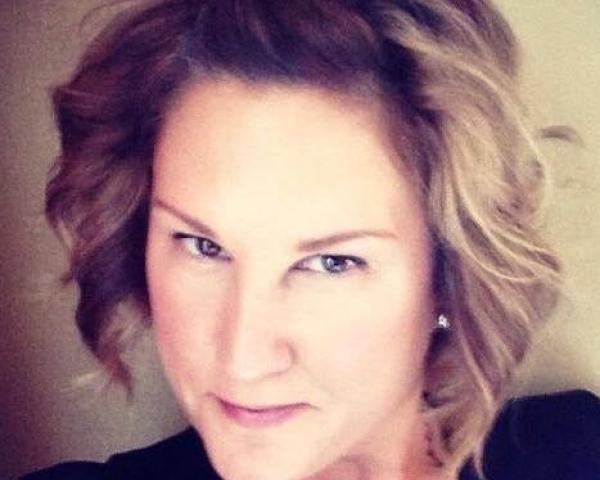The National Institute for Occupational Safety and Health (NIOSH) and the Occupational Safety and Health Administration (OSHA) just released their Hospital Respiratory Protection Toolkit. This toolkit provides a much-needed comprehensive resource for healthcare employers to use to protect their staff from respiratory hazards like airborne infectious diseases, chemicals and certain drugs that, when inhaled, cause illness, infection or other physical harm to healthcare workers.
We know that national public health preparedness has increased because of the Ebola virus cases in Dallas last year, but the nation may not know that federal agencies like NIOSH and OSHA are always working to prepare healthcare and other workplaces from exposures to dangerous organisms and chemicals that cause infection, illness and other harm. This new toolkit is evidence of that effort. According to the International Safety Center and its EPINet data, current compliance with the use of personal protective equipment (PPE) like respirators, and even lesser protection like surgical masks, is so low (less than 20%!) that this effort can only help to improve compliance.
The OSHA Respiratory Protection Standard has long required that healthcare employers have a respiratory protection program to protect workers exposed to respiratory hazards, but the standard is as complex as are the hazards and the circumstances surrounding patient care in hospitals. This toolkit helps healthcare and program administrators sort through the standard, overcome what they may see as daunting tasks and tackle their respiratory protection programs one step at a time.
The toolkit is long -- 96 pages long -- but fear not. It provides great pull-out, grab-and-go tools like the "Respiratory Protection Program evaluation checklist" and a "Respiratory Protection Program template" that can be used in healthcare facilities to create, adapt or modernize programs. Not all respiratory protection program administrators are seasoned at putting programs in place that are effective, and this resource will surely assist even the novice pull together a safe program.
Hats off to NIOSH and OSHA! You remind us that keeping our patients as safe as possible is only possible when we keep our workers as safe as possible.
Your comments about the utility of this resource would be appreciated by NIOSH, as it will help inform the development of future companion resources. You can kindly email your feedback directly to Debra Novak's email: ian5@cdc.gov.







